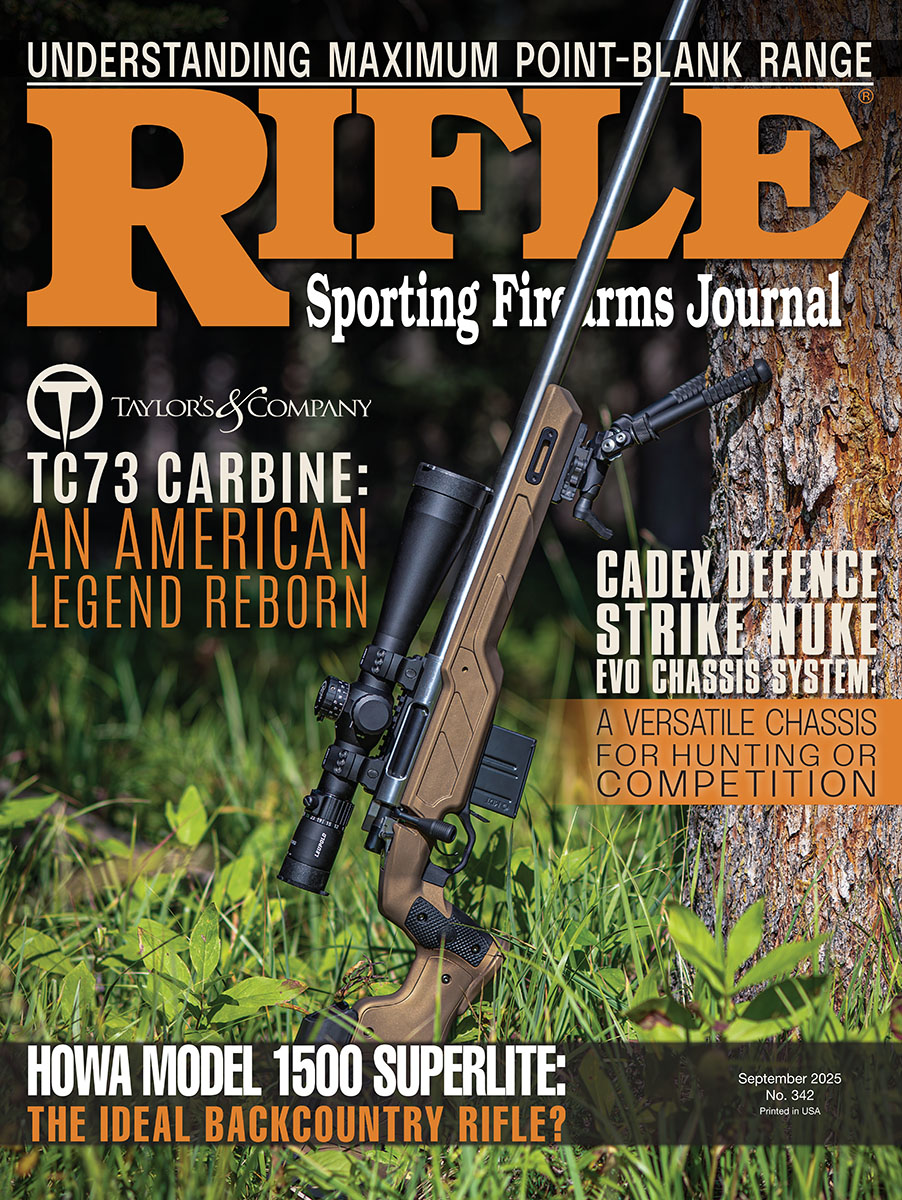S&W 1854 Stealth Hunter
S&W's New Levergun Does It Right
feature By: Terry Wieland | September, 25


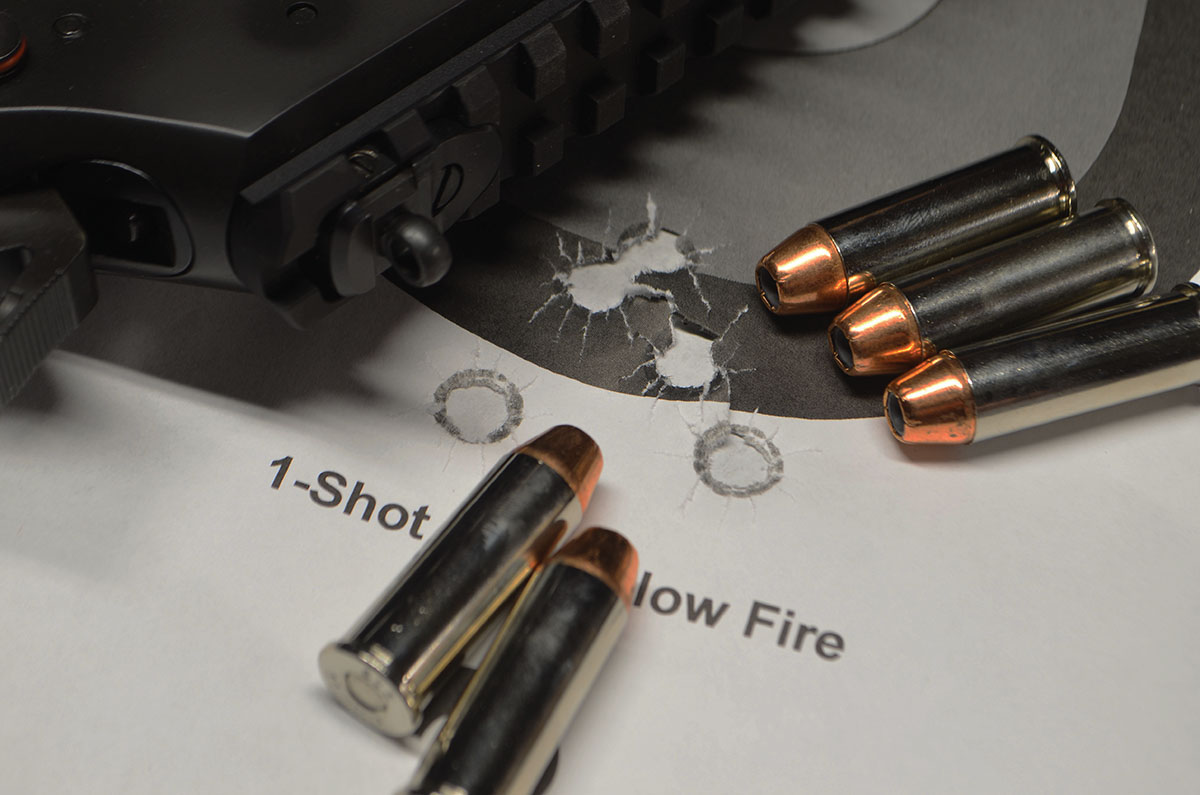
To me, it symbolizes an era in American rifle making, and I never pick one up without feeling I’m venturing back in time.
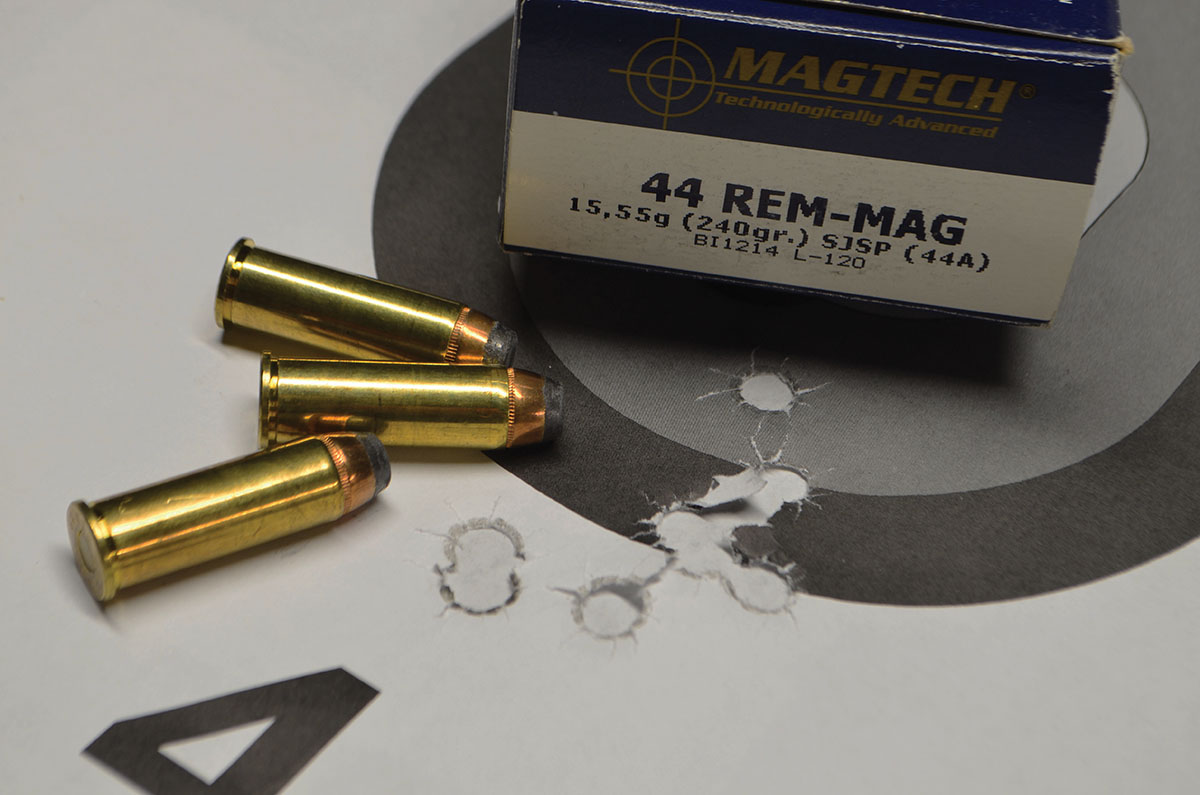
For this reason, I was particularly eager to see Smith & Wesson’s new Model 1854, which is, in everything but name, an updating and modification of the 336. Some of the changes are good, some not so good, and we’ll get to them all. But first, a little background.
The Marlin Model 336 is a traditional lever-action rifle with an external hammer and tubular magazine. Outwardly, it resembles its great rival, the Winchester 94, with the major difference that the Marlin ejects its empty cases to the side, allowing low scope mounting in proper position close to the eye. It grew out of the earlier Model 36, which in turn was an updating of the Model 1893.
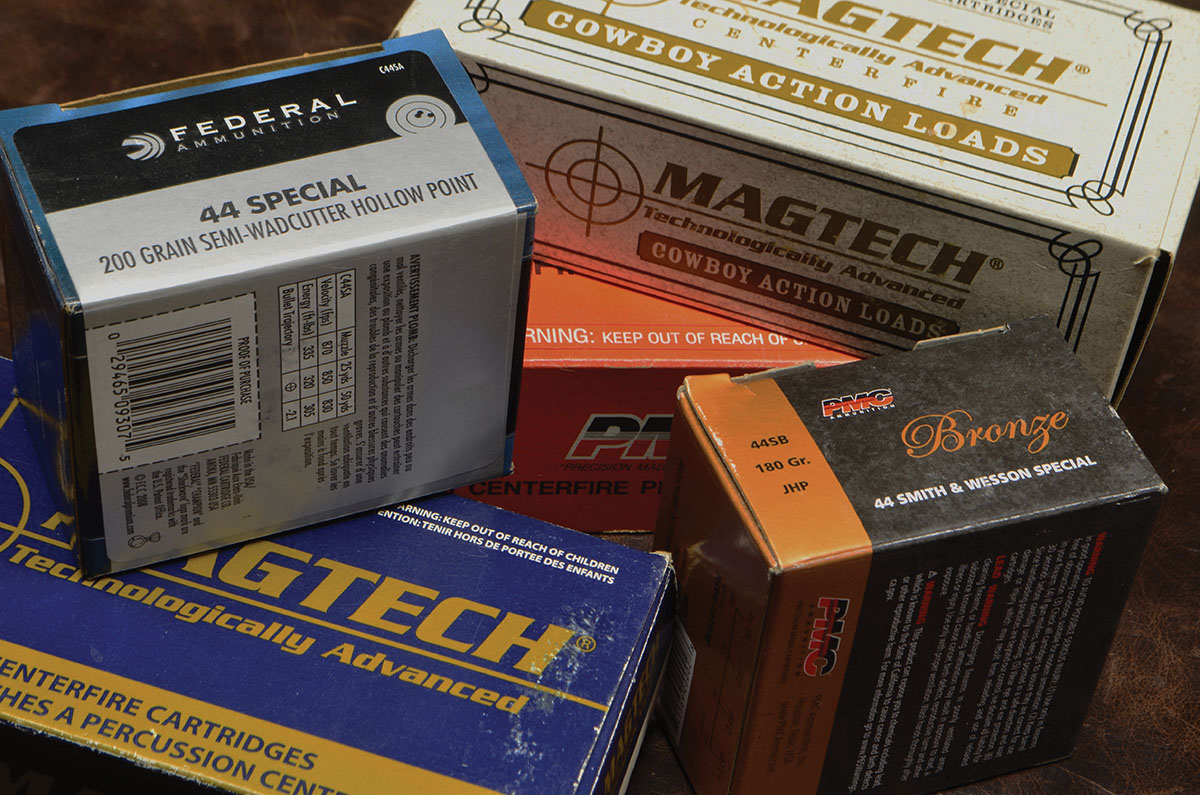

Even in my untutored youth, I wondered at that, and 60 years later, I have not changed my opinion. Why did they not offer the Marauder in 44? With that barrel, you’d certainly improve on revolver ballistics, while in either 30/30 or 35 Remington, it would deliver less. The tubular magazine would also hold more 44s than the other two cartridges. It seemed Marlin had somehow gotten it backwards.
The Marauder was a modern rendering of the old Winchester 94 Trapper, which had a 15-inch barrel and required a special dispensation from the BATF. The Marauder barely exceeded the 16-inch minimum. It was only in production for two years, but I suspect it would have stuck around longer had it been available in 44 Magnum. Today, Marauders are collectors’ items and bring serious money.
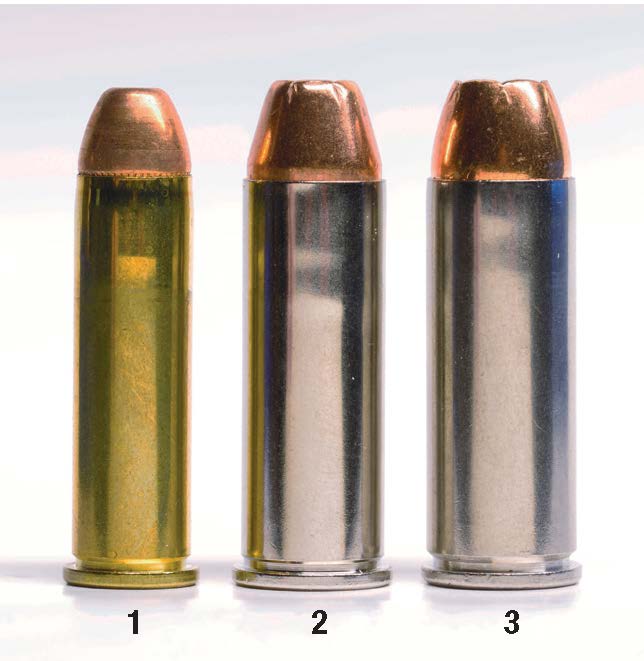
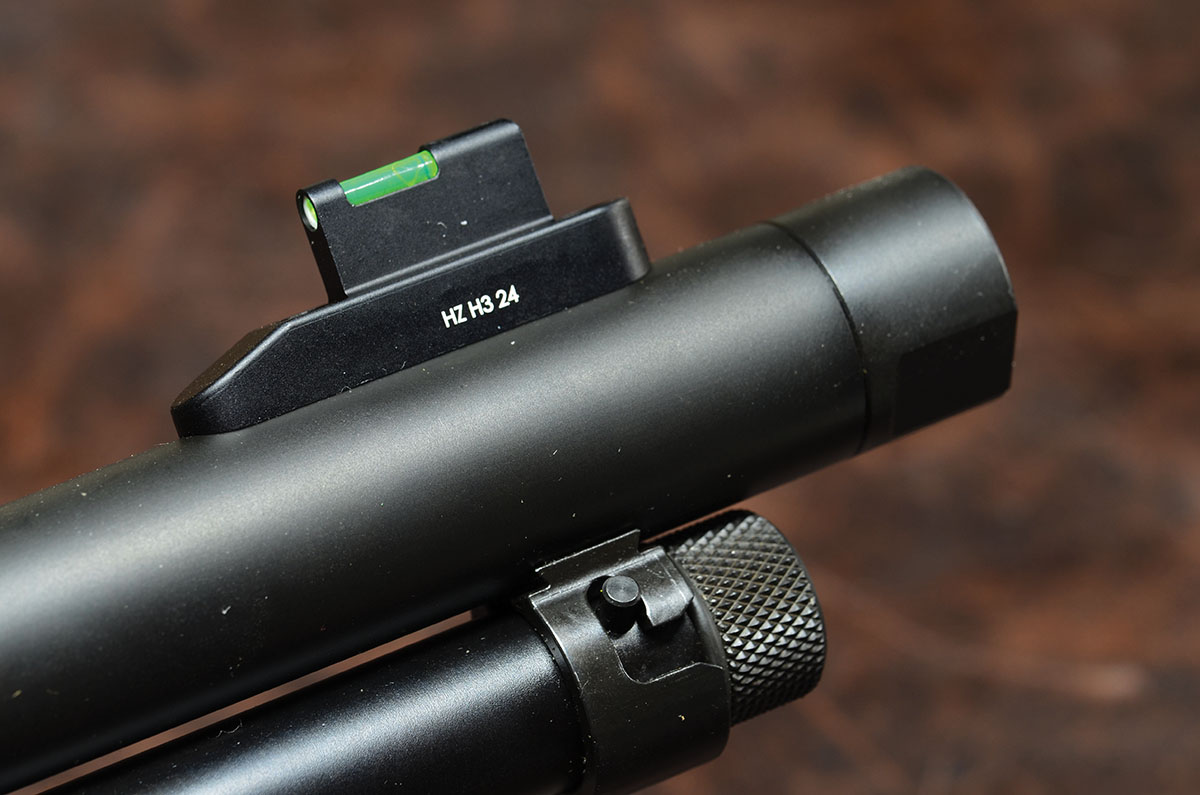
I liken it to the Marlin 336, long since out of patent protection, mostly because that’s what it looks and feels like to me. And that, lest you have doubts, is serious praise. With its 16.3-inch barrel, it resembles nothing more than the late lamented Marauder, but in terms of aesthetics, that’s where it ends.
In place of the Marlin’s solid American walnut stock, the Stealth Hunter has a black synthetic buttstock and aluminum forend with M-LOK slots for attachments. Instead of the traditional open rear and ramp front sights, it has an integral 10.5-inch Picatinny rail with an adjustable aperture sight fitted just forward of the hammer, and a fiber-optic front. It has factory-fitted sling swivels, where the old Marlins had none. (No small thing!)
Smith & Wesson has scaled down the action to something appropriate for the 44 Magnum (great), given it a larger lever loop to better accommodate gloves (well, okay) and a flat tactical-style trigger, the value of which I don’t see at all on a short-range rifle which any 44, 45 or 357 surely is. It is also threaded for a suppressor, with a cap to protect the threads.
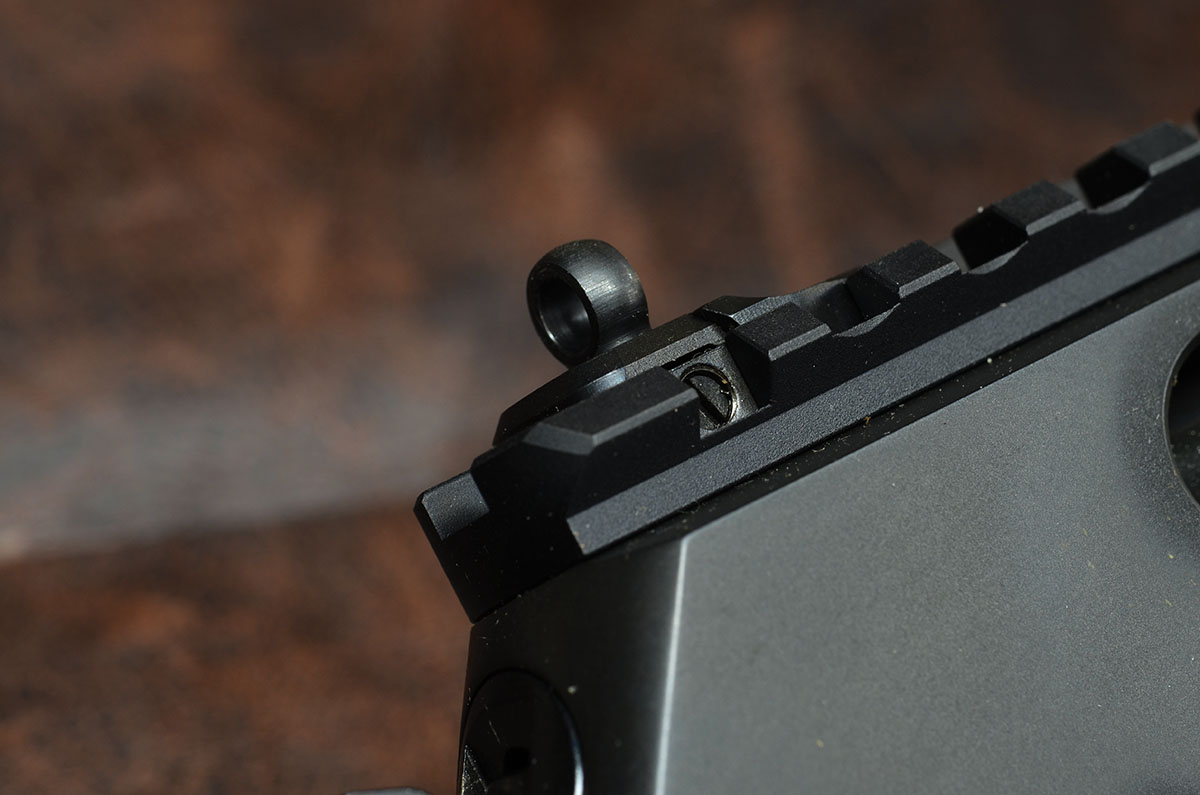
This is awkward, time-consuming, and throws your cartridges hither and yon into mud, snow or leaves. I have experienced all of the above, and it isn’t a lot of fun.
Smith & Wesson solves this problem with a twist-off removable tube that allows you to unload the rifle from the front. Convenient? Indeed, it is. Marlin actually used a similar system for its 22 rimfire rifles as far back as the famous Model 39 in the 1930s, but presumably considered it too vulnerable for a serious big-game rifle. Lose or damage the tube and you’re reduced to a single-shot. I can see their point, but I still love the removable tube.
An added feature with which I am less enamored is the safety catch ahead of the hammer. To my mind, safety catches on anything with an external hammer, notably revolvers and lever rifles, are a product of interfering lawyers and absurd product liability laws, and can make these guns less safe, not more.
Anything with a half-cock notch, with the hammer securely settled into it, is simpler and, to my mind, safer than a gun at full cock with a safety catch.
Sure, you need to know how to use the half cock, but that’s true of anything mechanical. Anyway, I am not alone in this feeling, and for evidence, you only have to look at the various after-market devices available for disabling them.
In fairness, however, Smith & Wesson have designed this safety in such a way that it adds some useful features. The hammer can be lowered to half cock with the safety in place, eliminating the risk of it slipping and firing the rifle. With the safety on and, hence, the hammer safely blocked from reaching the striker, the action can be cycled to unload. As well, you can cycle the action and dry-fire it with the safety on, with the hammer never touching the striker. You can also, with the safety on, unload in the traditional manner by cycling every round through the action.
A final note on appearance: Where the old Marlins had traditional slot-head screws, all the visible screws on the Smith & Wesson are Allen-type machine screws. Leaving aside the manufacturing advantages of this, I prefer slots for two reasons. First, even if it becomes buggered (the technical term!) beyond belief, you can still manage to get it in and out. This is not true of a stripped Allen screw. Second, you can make a note of how the slot aligns, and tell if it’s coming loose, backing out or over-tightening due to wood shrinkage.
This preference comes from long association with hand-made English double guns with timed screw heads, and if I could afford it I’d have all the screws on all my other guns and rifles timed for that very reason.
Having said all that, let’s get to the important part: How does the rifle perform?
In a word? Fantastic.
Rarely have I taken a new rifle to the range and had everything go exactly according to plan, but this was one of those times. Not a single hitch or malfunction; surprisingly accurate and, better still, very consistent in its accuracy. The trigger pull was excellent, breaking crisply at four pounds. Feeding and ejection are perfect.
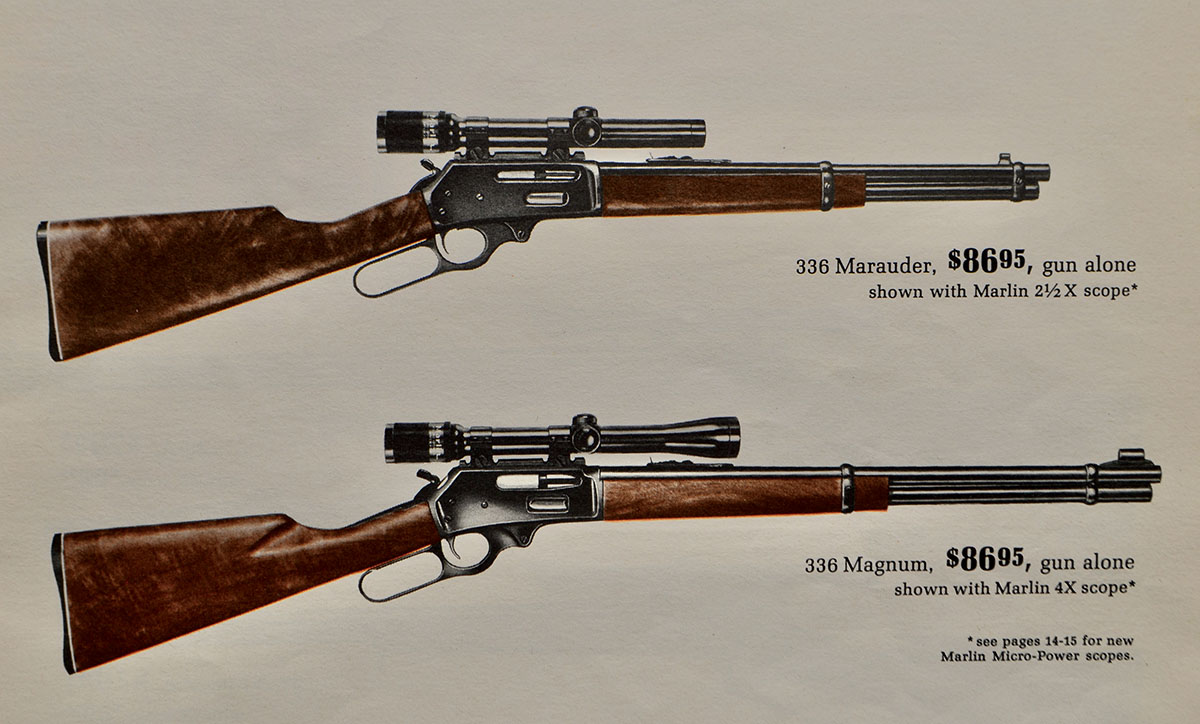
We should, however, clarify a few things.
First, I did not put a scope on it. To my mind, a rifle like this is essentially a short-range affair out to 125 yards max, with 50 to 75 about ideal. It is short-barreled to make it handy, fitted with a composite stock and aluminum forend to make it durable, intended to be carried in a truck or on an ATV (or even a horse!), available in surprise situations at close range. Its factory sights are exactly suited for this. It’s not a benchrest rifle, nor intended for long-range precision.
Second, I used only factory ammunition, whatever I had lying around, which included a variety of loads in both 44 Remington Magnum and 44 S&W Special, ranging from lead Cowboy Action loads to serious big-game stuff. The included table compares measured velocities to published ones. Some, like the excellent SIG-Sauer 44 Mag, are alas, no longer available.
The rifle performed beautifully with both types of ammunition, feeding either length interchangeably with complete aplomb.
I set up a target at 35 yards, about the distance one gets a shot at an armadillo around here, and shot some groups. Of the ammunition I tried, the most suitable for hunting was the now-discontinued SIG, so I shot a five-shot group with it. It measured 1.25 inches and printed dead center and two inches low.
The fiber-optic front sight is large and visible; so large, in fact, that it was not possible to get a precise aim. Even at 35 yards, it blotted out the bullseye, so each shot was, to a degree, an estimate. Still, the group tells the tale, and an admirable tale it is.
My final test was to fill the magazine to capacity (eight rounds) and fire a group working the lever quickly, much as one might deal with a sounder of hogs in a forest glade. That group, using different ammunition, printed in exactly the same spot on the target, and measured an inch larger. It hardly gets much better than that.
With the formalities out of the way, I found a 12-inch steel plate at 75 yards and proceeded to bang it about with gratifying regularity.
As you can see from the table, the 44 Magnum ammunition was, on average, 200 to 300 feet per second (fps) faster than the 44 Special, and the latter tended to group right around the center of the target or a touch high. It was still dead center windage-wise, however, so you could shoot the two interchangeably without moving the sights.
Adjusting elevation could hardly be easier: Loosen one of the set screws on the aperture, twirl it up or down, tighten the set screw, done and dusted.
Smith & Wesson does not say exactly what they intend this rifle to be, but based on its configuration and available calibers, I would rank it as a truck gun, a utility rifle for dealing with problem animals like armadillos and hogs, or a short-range deer rifle.
Loaded with 44 Magnum, it’s more than powerful enough for any of these uses, while mild 44 Special loads are good for plinking or Cowboy Action. For that matter, you can even carry some 44 Magnum shot loads for snakes. (I know, I know they, too, have their place in nature. It’s just not under my feet.)
At a list price of $1,399.00, the Smith & Wesson Model 1854 Stealth Hunter is not cheap, but as a rifle that qualifies in the “every shooter needs one” category, it’s not expensive, either.


